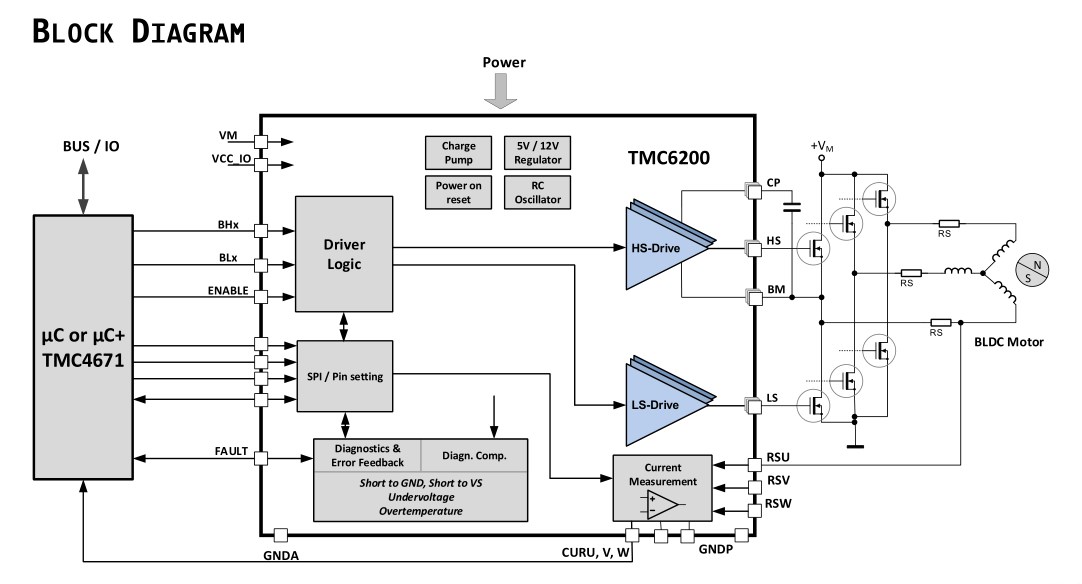Researchers at the nanoscale communication integrated circuit laboratory at the university of California, irvine, announced that they have developed a tiny radio chip that can send and receive data in the 100GHz frequency range, which is expected to be the basis for the future 6G communication standard.

The invention, which is still in prototype form, is a 4.4 square millimeter transceiver that operates at speeds between 115 and 135 gigahertz and delivers data rates of 36 gigabits per second over a distance of 30 centimeters.The prototype USES a new data processing method with a power of more than 200mW.
Researchers expect the new invention will help the next generation of self-driving cars and enable more powerful broadband services.

 Inglés
Inglés  Chino
Chino  Alemán
Alemán  Coreano
Coreano  Japonés
Japonés  Farsi
Farsi  Portuguese
Portuguese  Russian
Russian  Español
Español 





